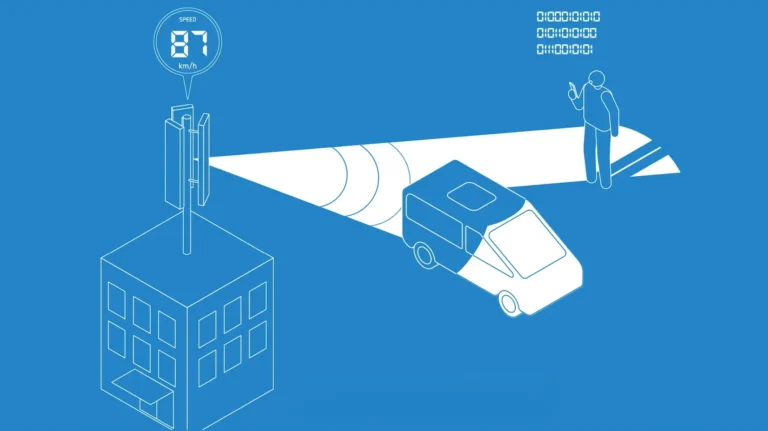Future mobile networks are envisioned to support accurate sensing of their surrounding environment. With the help of this “sixth sense”, mobile infrastructure will not only provide ubiquitous broadband communication, but it will also help to build new and more efficient solutions for mobility, healthcare or smart industry. Their common foundation in electromagnetic waves begs for the convergence of wireless communication, remote sensing and localization not to compete, but rather to benefit from their coexistence and to cooperate towards mutual gains. Upon tighter integration, both radio technologies will attain maximum synergy while making a sustainable use of electromagnetic resources. In light of this, we foresee a paradigm change towards next-generation mobile communication networks, in which their components, systems and architectures will be rethought to incorporate sensing capabilities.

Sensing functionalities open a variety of new considerations for mobile networks. The expected level of convergence between wireless communication and remote sensing varies from mere coexistence, where sensing and communication leverage each other indirectly, to cooperation, where they reciprocally enable one another, or even the integration of both functions with partially or fully overlapped resources. As such, new sensing services require an integral revision concerning every aspect of current mobile communication technologies: the waveform design and signal processing, together with the required hardware to support it; it also includes the full system architecture, resource management and protocols, or even the suitable channel models to cover sensing and communication purposes. Our research dispels the fear of the burden on mobile development that sensing requirements allegedly impose; on the contrary, we show to what extent sensing can enhance connectivity while providing essential data in a secure and sustainable way.

Fraunhofer Heinrich-Hertz-Institut, HHI
Prof. Dr.-Ing. Slawomir Stanczak
Einsteinufer 37
D–10587 Berlin
E-Mail: info@6g-ric.de